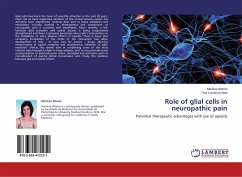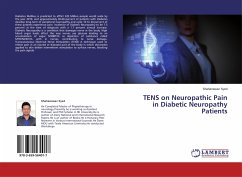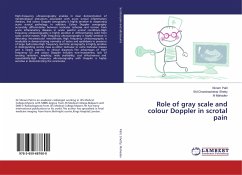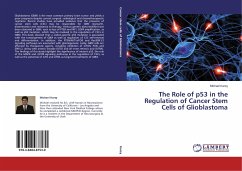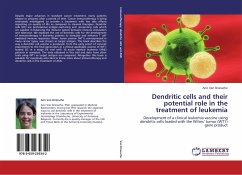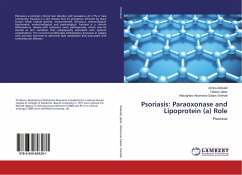Glial cells have been the focus of scientific attention in the past 20 years. Their role as mere supportive elements of the central nervous system has definitely been abandoned, whereas their part as active mediators and modulators crucially involved in development and sustainment of neuropathic pain is currently well established. More recently, a link between glial activation and opioid actions is being progressively strengthened and there is growing awareness about glia s intervention on the installation of many adverse effects of opioids. There is hope that increasing knowledge of the terms of this interaction may allow development of new or new uses for known drugs, allowing enhancement of opioid analgesia and simultaneous inhibition of glial-mediated effects. This review aims at condensing some of the most relevant data brought to light in these subjects, such as neuronal abnormal communication in abnormal pain states, microglial and astrocytic parts in intensification of painful stimuli transmission and, finaly, the relations between glia and opioid effects.

